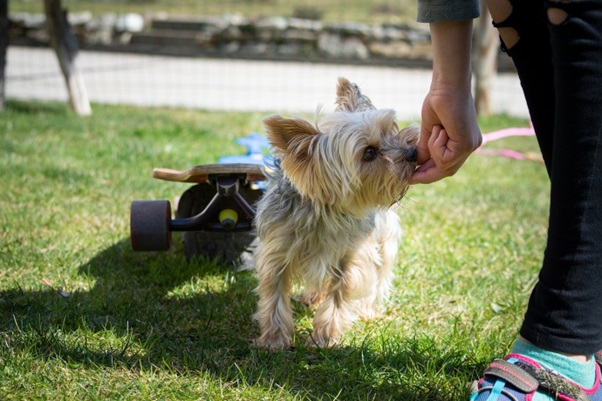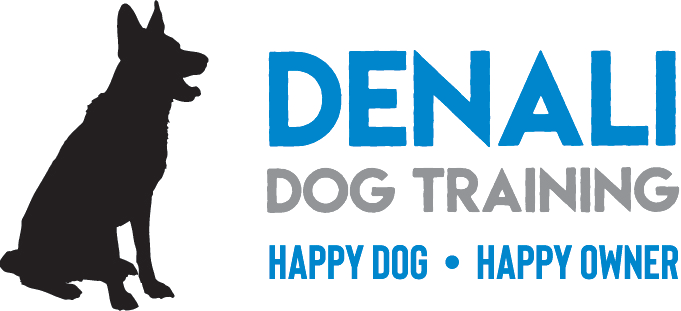Myths About Positive Dog Training
1 “Reward based training is a bribe “. NO . Trainers who tell you this are demonstrating their lack of understanding of how learning happens . In the early stages rewards may be used to counter condition , that is to build positive associations and expectations when a trigger is encountered to change the behavior , or to lure the dog into position or to focus on you , but once the dog understands, which happens relatively quickly, it is replaced with a reward for behavior you already have .
2 “Rewards must be given forever “. NO . There is an argument that rewarding your dog forever is a good thing , and certainly zoo animals are rewarded every time they perform a taught skill for their keepers. Complex skills and some behaviors such as recall should be rewarded every time forever because the more it is reinforced the more reliable it will be , but on a practical level rewards can be phased out according to a specific schedule relatively quickly (depending on how often you practice) . The wanted behavior will be reliable because it is now a habit , and rewards are now intermittent and therefore always possible and always motivating.
2 “Rewards must be given forever “. NO . There is an argument that rewarding your dog forever is a good thing , and certainly zoo animals are rewarded every time they perform a taught skill for their keepers. Complex skills and some behaviors such as recall should be rewarded every time forever because the more it is reinforced the more reliable it will be , but on a practical level rewards can be phased out according to a specific schedule relatively quickly (depending on how often you practice) . The wanted behavior will be reliable because it is now a habit , and rewards are now intermittent and therefore always possible and always motivating.

3 “My dog is not food motivated”. Rewards can be anything your dog finds rewarding ( I once rewarded a blood hound with a sniff of a sweaty sock because that’s what he wanted !). Food is easiest , but rewards can be fun (toys and training games ), lavish praise , ear rubs or a chase. If you change the way you feed your dog, your dog has more fun and becomes much more interested in food rewards .I hear this a lot – but I have never not been able to motivate a dog with food! It depends how you do it.
4 ” You shouldn’t have to reward your dog “. Dogs do not want to please you. They want to please themselves . Pay your dog ! If a trainer tells you not to reward your dog for a job well done, praise the trainer but don’t pay them !5 “Positive reinforcement means you can never say no to your dog “. NO . Of course there are boundaries and consequences for unwanted behavior , but not scary or painful ones !
6 “You need to take the dog to the place where the problem happens to train it “. NO. Doomed to fail unless you resort to punishment severe enough to shut the dog down, and punishment will by association with the trigger create more intense reactions and in some dogs aggression to or fear of the handler. You must teach the behavior you want before you can ask for it .
7 “ Your dog must respect you and you must dominate your dog and be the alpha “. NO. ABSOLUTE RUBBISH. This thinking has been scientifically debunked for decades and is scientifically proven to create aggression or anxiety . Any trainer who tells you this has just admitted to no understanding of how learning happens . Every dog I have trained who bit or was fearful has been hit, dragged by the collar , or yelled at .It may crawl to you and lick you but that is appeasement (“don’t hurt me “ ), not love . Don’t teach your dog that people may hurt it if you don’t want to get bitten .
8 “You cant teach this all in a day , it will take weeks. Dogs must go to classes. “ A trainer’s job is to teach you how to teach your dog . Your job is to practice . Creative learning , where your dog is encouraged and rewarded for thinking and offering behavior , is proven to get results hundreds of times faster than traditional rote learning . I can show you everything you need to know to solve any problem in one afternoon, the dog understands and is doing it in minutes ,and if you practice, permanent change happens over a few weeks up to a few months .Over 130 5 star reviews cant be wrong ! If your dog is distracted or reactive , a class is not the most effective place to train your dog . A familiar environment with low distraction (at first) is . (your home).
4 ” You shouldn’t have to reward your dog “. Dogs do not want to please you. They want to please themselves . Pay your dog ! If a trainer tells you not to reward your dog for a job well done, praise the trainer but don’t pay them !5 “Positive reinforcement means you can never say no to your dog “. NO . Of course there are boundaries and consequences for unwanted behavior , but not scary or painful ones !
6 “You need to take the dog to the place where the problem happens to train it “. NO. Doomed to fail unless you resort to punishment severe enough to shut the dog down, and punishment will by association with the trigger create more intense reactions and in some dogs aggression to or fear of the handler. You must teach the behavior you want before you can ask for it .
7 “ Your dog must respect you and you must dominate your dog and be the alpha “. NO. ABSOLUTE RUBBISH. This thinking has been scientifically debunked for decades and is scientifically proven to create aggression or anxiety . Any trainer who tells you this has just admitted to no understanding of how learning happens . Every dog I have trained who bit or was fearful has been hit, dragged by the collar , or yelled at .It may crawl to you and lick you but that is appeasement (“don’t hurt me “ ), not love . Don’t teach your dog that people may hurt it if you don’t want to get bitten .
8 “You cant teach this all in a day , it will take weeks. Dogs must go to classes. “ A trainer’s job is to teach you how to teach your dog . Your job is to practice . Creative learning , where your dog is encouraged and rewarded for thinking and offering behavior , is proven to get results hundreds of times faster than traditional rote learning . I can show you everything you need to know to solve any problem in one afternoon, the dog understands and is doing it in minutes ,and if you practice, permanent change happens over a few weeks up to a few months .Over 130 5 star reviews cant be wrong ! If your dog is distracted or reactive , a class is not the most effective place to train your dog . A familiar environment with low distraction (at first) is . (your home).


